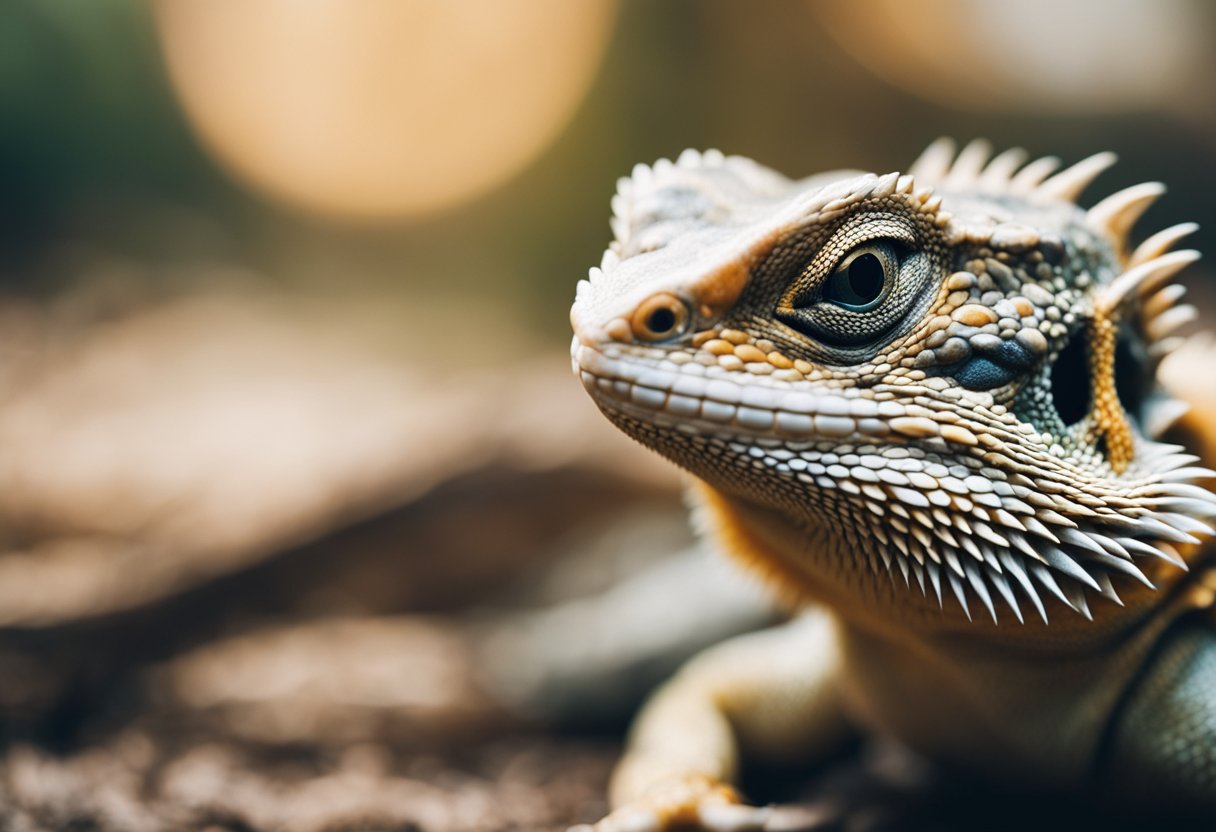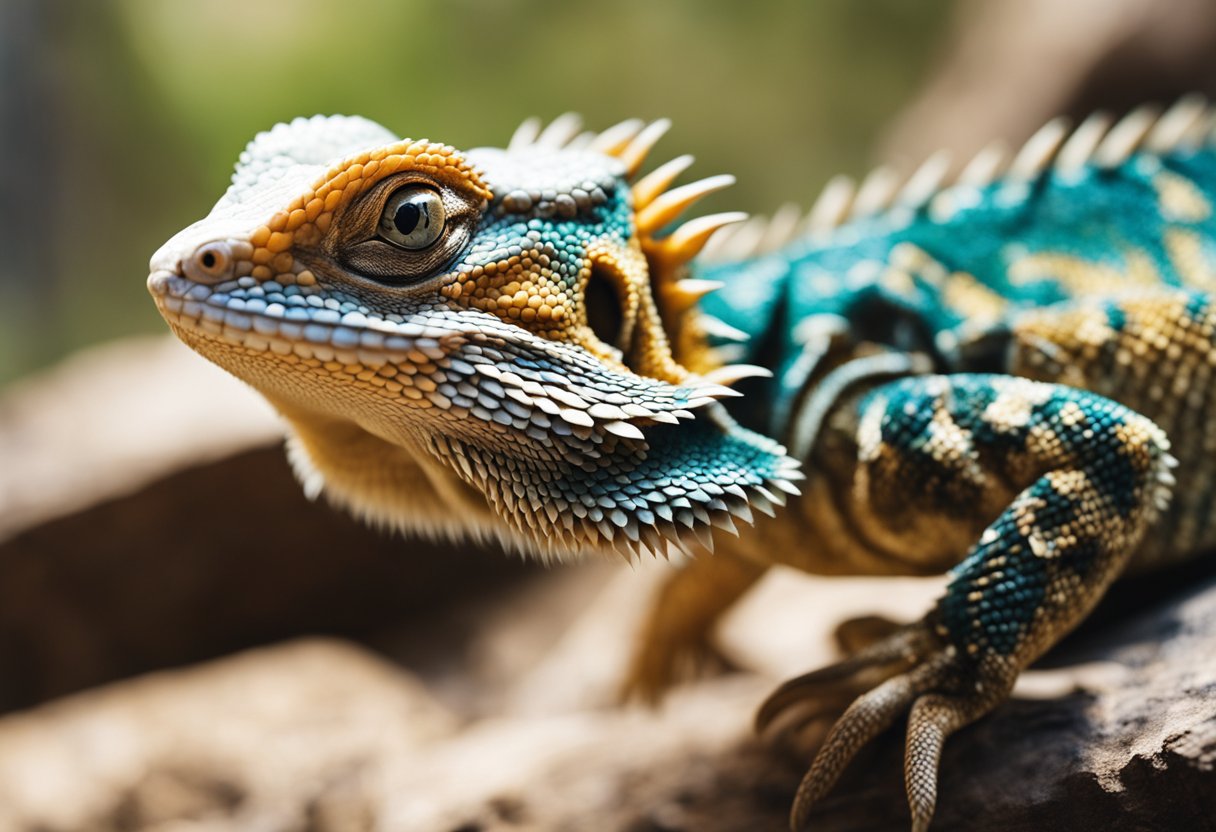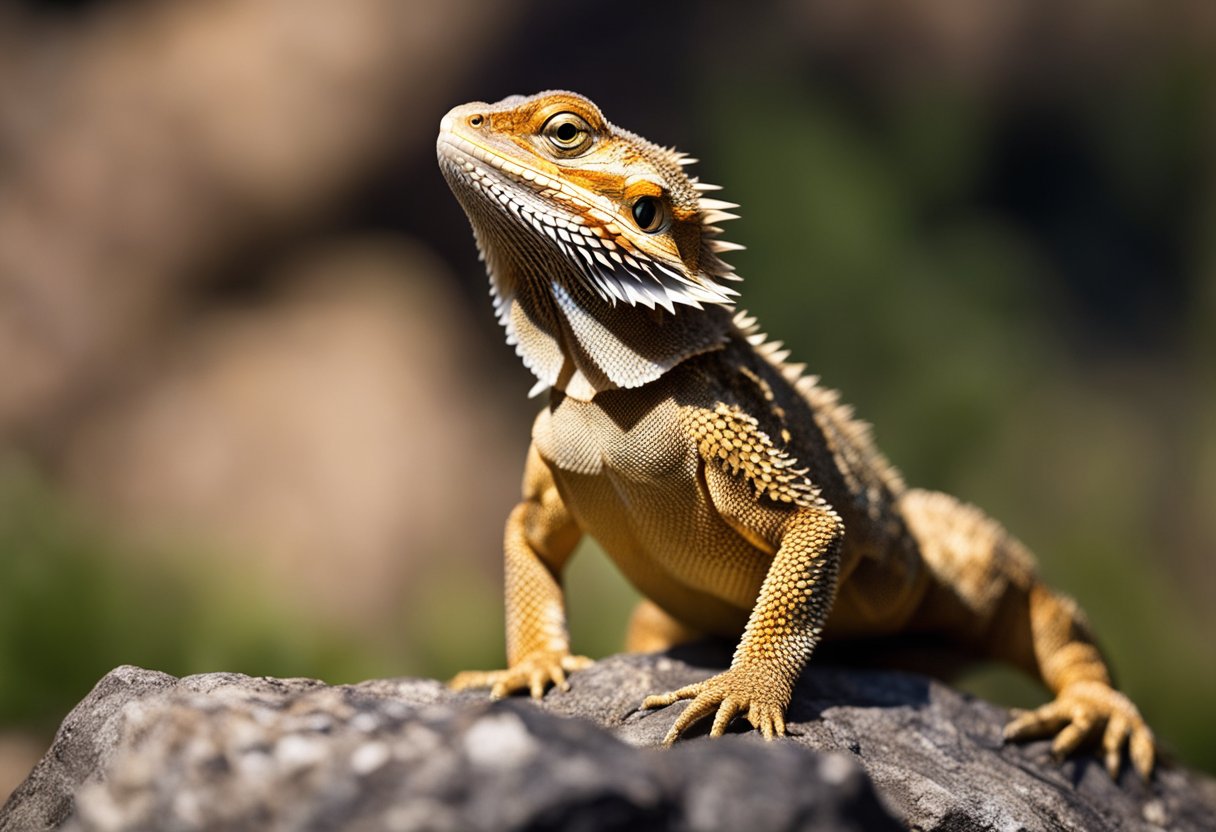If you’re a new bearded dragon owner, you might be wondering whether you can change your male bearded dragon’s name after he bites you. Maybe you’ve named him something that doesn’t quite fit, or maybe you just want to start fresh with a new name. But is it possible to change a bearded dragon’s name after he bites you?

The short answer is yes, you can change a male bearded dragon’s name after he bites you. However, it’s important to keep in mind that changing a bearded dragon’s name can be confusing for the animal, especially if he’s already used to responding to his current name. Additionally, if your bearded dragon has bitten you, it’s important to address the underlying behavior issues before worrying too much about his name.
If you do decide to change your male bearded dragon’s name after he bites you, it’s important to do so gradually. Start by introducing the new name alongside the old name, and gradually phase out the old name as your bearded dragon becomes more accustomed to the new one. With patience and consistency, you should be able to successfully change your bearded dragon’s name without causing too much confusion or stress for your pet.
Understanding Bearded Dragon Behavior

If you’re a new owner of a bearded dragon, it’s important to understand their behavior to ensure their well-being and prevent any accidents. Bearded dragons are generally docile and friendly, but they can bite for various reasons.
Reasons for Biting
Bearded dragons may bite if they feel threatened or scared. They may also bite if they are hungry, mistaking your fingers for food. Another reason for biting is if they are in pain or discomfort. It’s important to understand the reason behind the bite to prevent it from happening again.
Significance of Names for Bearded Dragons
Bearded dragons are intelligent reptiles and can learn their names. However, changing a bearded dragon’s name can be confusing for them and may affect their behavior. If your male bearded dragon has bitten you, changing his name may not solve the issue. It’s important to identify the reason behind the bite and address it accordingly.
In summary, understanding bearded dragon behavior is crucial for their well-being and your safety. Knowing the reasons for biting and the significance of names can help you prevent accidents and maintain a healthy relationship with your pet.
Changing a Bearded Dragon’s Name

If you have a male bearded dragon that has started biting, you may be wondering if changing his name will help. While changing a bearded dragon’s name is possible, it is important to do so properly to avoid causing confusion or stress for your pet.
Best Practices for Renaming
When renaming your bearded dragon, it is important to choose a name that is easy to remember and pronounce. Avoid names that sound too similar to the old name, as this can cause confusion. You should also avoid using names that sound too similar to other words or commands that you use with your pet.
To help your bearded dragon adjust to the new name, start by using it consistently in all interactions. Use the new name when feeding, handling, and playing with your pet. You can also use treats or positive reinforcement to help your bearded dragon associate the new name with good things.
Training Your Bearded Dragon with a New Name
In addition to using the new name consistently, you can also train your bearded dragon to respond to the new name. Start by saying the new name and then rewarding your pet when he looks at you or comes to you. Repeat this process multiple times a day until your bearded dragon responds to the new name consistently.
You can also use clicker training or other positive reinforcement techniques to help your bearded dragon learn the new name.
With patience and consistency, your bearded dragon should learn to associate the new name with positive experiences and respond to it just as he did with his old name.
Remember that changing a bearded dragon’s name is not a guaranteed solution to biting behavior. It is important to address the underlying causes of biting, such as stress or illness, to help your pet feel more comfortable and secure in his environment.
Read also:


